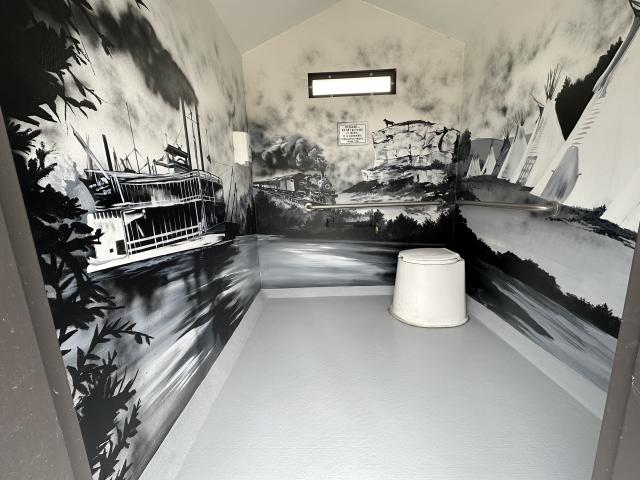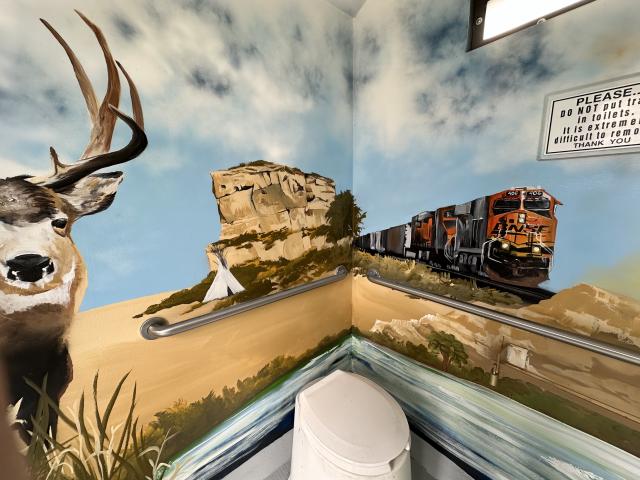Related Stories
- Aerial sagebrush seeding helps restore Robertson Draw Fire burn area
- Veteran fuels module in Rapid City, SD sets a standard for community assistance
- Hi-Line field offices vie for “Coldest Place in America”
- National Conservation Lands: 25 years – and eons – in the making
- Convenient float trips and ancient hunting grounds abound on Wild and Scenic River


